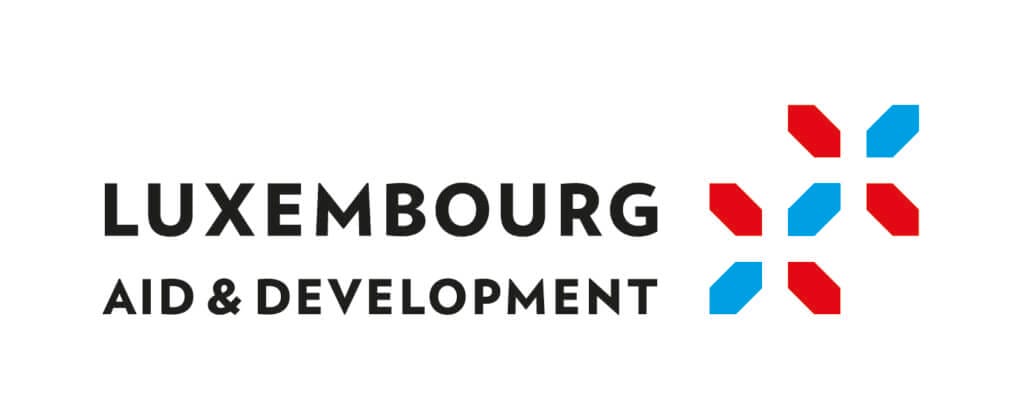Nicaragua belongs to the Central American subregion and it is exposed to recurring weather phenomena such as tropical cyclones, seasonal flooding and/or prolonged drought. These conditions represent a high degree of vulnerability for its population, that it’s estimated at 6.5 million people.
The 2020 Atlantic hurricane season was the most intense on record and the only one in which Nicaragua was hit by two devastating hurricanes, ETA and IOTA, in just 15 days. Two weeks after the impact of ETA, category 4, the IOTA category 5 hurricane, with winds of 260 km/h, hit 60% of the national territory, causing enormous damage through landslides and floods.
Hurricanes hit the Autonomous Region of the North Caribbean coast (RACCN), in the municipalities of Prinzapolka, Waspám and Puerto Cabezas, destroying homes and municipal infrastructure, wiping out crops and livelihoods.
The RACCN is a multicultural Region with a rich biodiversity, however 34% of its population, mainly indigenous and Afro-descendant, is in conditions of extreme poverty, also due to limited access to essential services. In this already precarious situation, the passage of hurricanes has generated a humanitarian emergency of enormous proportions. In remote indigenous communities, already highly vulnerable, almost all wells have been contaminated, fragile water and sanitation infrastructures have been destroyed, increasing the risk of spreading infections and diseases.
Our response
We World has been present in Nicaragua since 1984. This consolidated presence has made it possible to rapidly activate various humanitarian response actions through initiatives focused on guaranteeing drinking water, food and hygiene supplies to the families of the most affected indigenous communities.
With the help support from different donors - the European Union, ECHO, UNICEF, the Embassy of the Grand Duchy of Luxemburg, in addition to the funds from the private sector (the Italian company WAMI), we intervened with an integrated approach in the four main areas of life of the communities: home, school, health centers and community facilities, to rehabilitate or build water and sanitation systems, increase the availability of access to drinking water, while promoting good hygiene and disease prevention practices, including COVID -19.
The strategic pillars
The WASH strategy of our projects is based on 4 strategic pillars:
- WASH for all: availability, access and quality of drinking water and sanitation services.
- Equity and inclusion: gender equity is at the heart of our programs, to support women's empowerment, inclusion and the fight against all types of discrimination and inequality.
- Strengthen the governance and the management capacity of local water resources: our goal is to support an integrated, transparent and participatory governance process, to ensure the sustainable and equitable use of water resources.
- Commitment and community ownership: our people-focused approach and community involvement in the water management process is the cornerstone of our projects.
The pillars are linked to the programmatic vision applied in every WeWorld intervention: the human rights-based approach, the principle of Leaving No One Behind, and the promotion of endogenous change.
Results
- 45 rehabilitated water sources and 3 new wells built
- 453 rainwater harvesting systems (SCALLs) built in homes, schools and health centers
- 232 latrines and bathrooms built or rehabilitated
- More than 50,000 people benefited from the interventions





